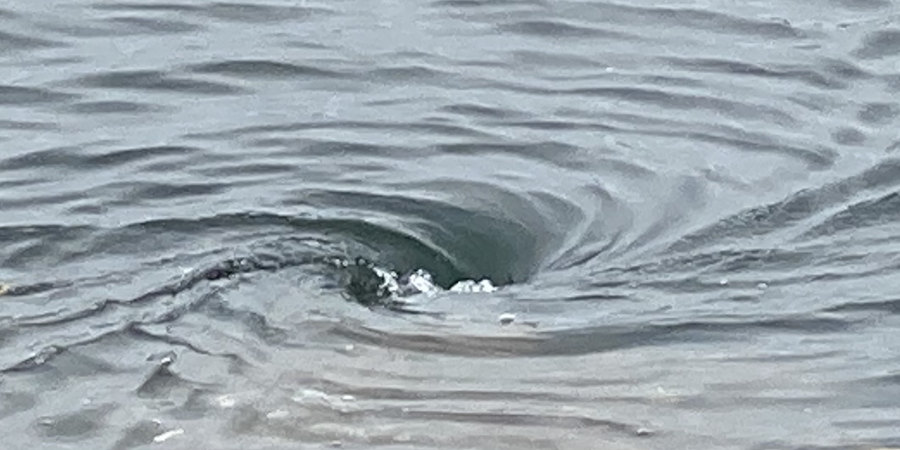
Greg "Doc Lures" Vinall
Podcast Host, Lure Maker, Scientist, Educator
Greg is host of the Australian Lure Fishing Podcast. He’s an Aquatic Scientist, Lure Maker, Speaker and Author in the recreational fishing space. Greg takes great delight in teasing out the science behind fishing and looking for opportunities to better understand our quarry and what makes them tick.
The Fish’s Sense Of Smell
- The small holes on the snout of most fish are called “nares” and are the equivalent of human nostrils. In the human olfactory system air flows in and out of both nostrils and the nasal cavities connect with the throat. In fish, water flows through the olfactory system in one direction and there is no connection to the throat. This increases the sensitivity of their sense of smell.
- For a human to smell something it must be airborne as molecules (ie gas), droplets or particles that enter the nostrils. For a fish to smell something, it must be dissolved or carried on small particles in the water that enters the nares.
- Many substances that anglers suspect deter fish from biting lures (eg insect repellant, sunscreen, fuel) are not water soluble, which greatly reduces the chances of them getting into the fish’s olfactory system. In other words, they can be very hard for fish to detect. Included in the hard to detect category are fish and crustacean oils often used in burley or as attractants.
- Fish often have an extremely sensitive sense of smell when it comes to the minerals in water, which is how migratory species smell their way back to spawning grounds.
- Most are also super-sensitive to the smell of amino acids (proteins) and bile acids (digestive byproducts), both of which can be an indicator of recent feeding activity.
- Greg’s personal view is that adding scent to a lure probably makes a significant difference to the strike rate, and there are probably not too
The Fish’s Sense Of Taste
- Most fish species have few taste buds in their actual mouths, so once a bait or lure has been eaten they don’t taste it.
- Taste buds tend to be clustered around the face, lateral line, fins and barbels of most fish, so they can actually taste whatever they touch, or even get close to. This probably means that fish, I like humans, use taste to find and identify food items before they take them into their mouths.
- Fish can have more tastebuds than humans too, though they are probably less fussy about how something tastes than we are!

Finding Fish In Any Water Body
There’s a simple way to quickly and reliably identify where the fish will be congregated to feed…. and that’s the topic of todays ALF podcast episode.

Best Times To Fish. Does No Run Really Mean No Fun?
Does the rule “where there’s no run there’s no fun” hold true? Greg explores the importance of water movement in all water bodies when it comes to aggregating bait and attracting sports fish.

Fishing Through The Lens Of SCF Content Creator Bonnie Cheung
Topwater Film Invitational: Today we talk to SCF content creator Bonnie Cheung and get a creative’s perspective on fishing video content.

0 Comments